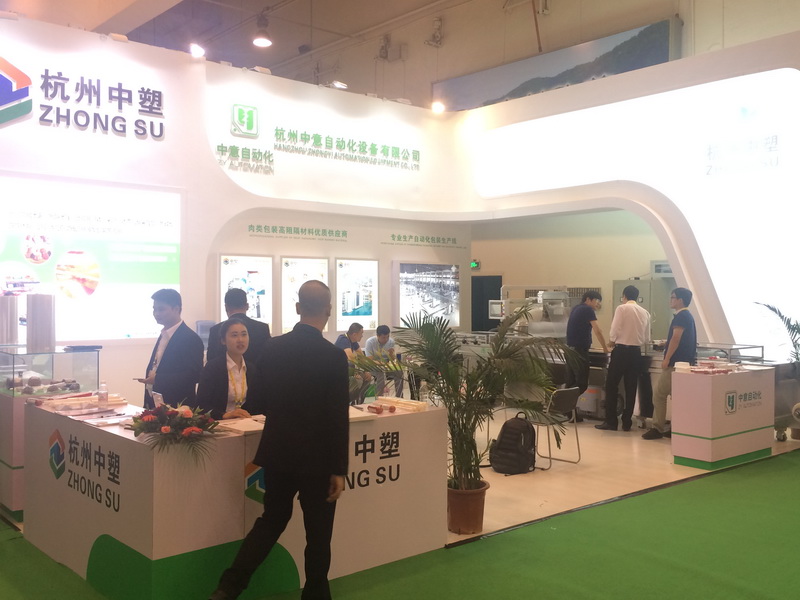The first step in designing a package is to determine its function and role in the marketing process. But there are other factors, such as the need to integrate with a particular manufacturing process, that should be considered as well. The more information that is provided to a thermoforming machine, the more accurate the design recommendation and cost estimate will be.
Material SelectionA wide variety of thermoplastics and
specialty polymers are available to meet specific application needs. Some of the more popular ones include:
• Polyvinyl chloride (PVC)
• Polyethylene terephthalate (PET)
• Polyethylene glycol terephthalate (PETG)
• Polypropylene (PP)
• High-impact polystyrene (HIPS)
• High-density polyethylene (HDPE)
Material selection is affected by several variables, including clarity (clear or opaque), impact resistance, sealing techniques, operating and environmental temperatures, exposure to contaminants, budgetary constraints and end use. Ship- ping is also a consideration. An especial- ly durable material may be required if rough handling or extreme temperatures are anticipated during shipping. If the package is to be shipped empty, special features, such as denesting lugs, can be included in the design to facilitate handling and loading.
Getting StartedFor the initial discussion with a thermoforming machine, it is helpful to have a blueprint or schematic diagram of the product and package design. The thermoforming machine will analyze the blueprint to see if it meets design requirements and can be produced efficiently. If it cannot, the blueprint should be modified with the thermoforming machine's assistance.
If a blueprint does not exist, the thermoforming machine can work with the product itself or its components, but several models or prototypes may need to be developed until the correct design is established. This will usually involve an extra charge and may lengthen the lead time needed to develop a package.
Part of analyzing the cost efficiency of a package design is determining what type of tooling will be used for the mold(s). Individual molds can be machined via a CAD/CAM system, or a pattern can be made with multiple castings. Machining will usually produce a better surface finish on the package but is best suited to repetitive, angular designs. Multiple castings are recommended for complicated package designs and are normally less expensive in the long run.
Selecting a Mold Design. In the early stages of design, it is necessary to decide whether to use male or female molds. Typically, male molds - in which material is molded over the form are used for lower-quantity production runs because the initial cost of the mold and the setup time are about half that of a female mold. The drawback is that male molds require more space be- tween mold cavities than female molds, which means more material is used per run, resulting in increased costs in high- volume runs.
With female molds, material is formed into the cavities. Female molds are preferred for particularly deep parts because they reduce problems associated with heat sealing. Female molds are also more economical for high-volume runs because they require less space between cavities and, thus, less material is needed.

